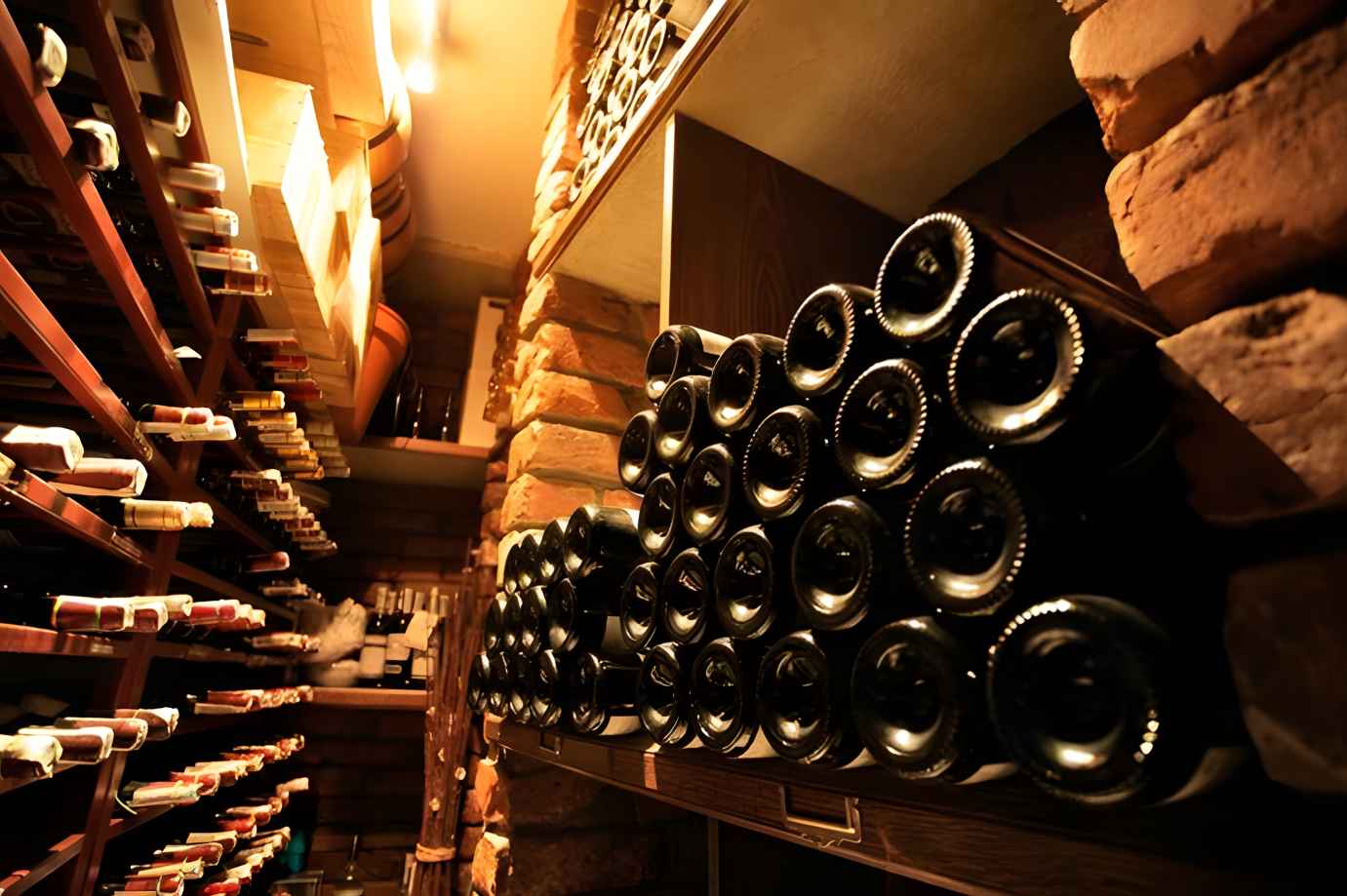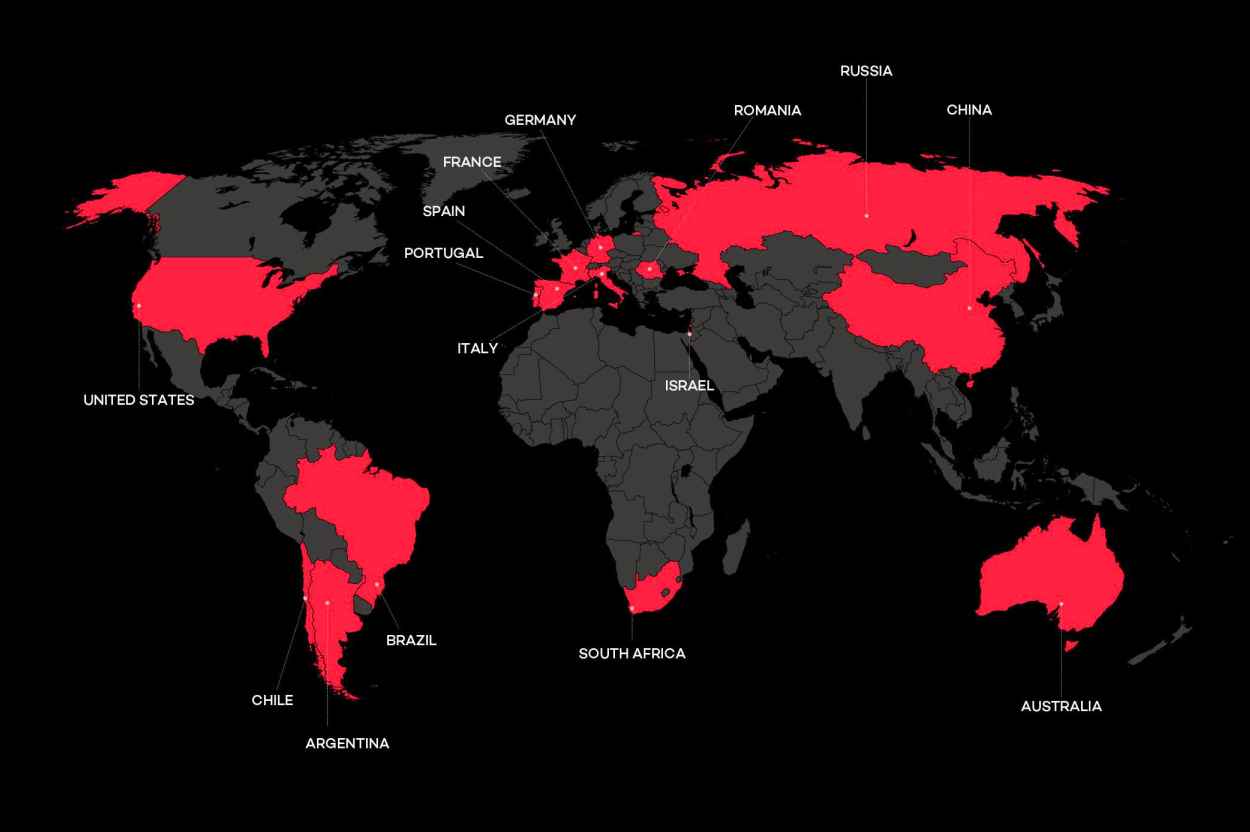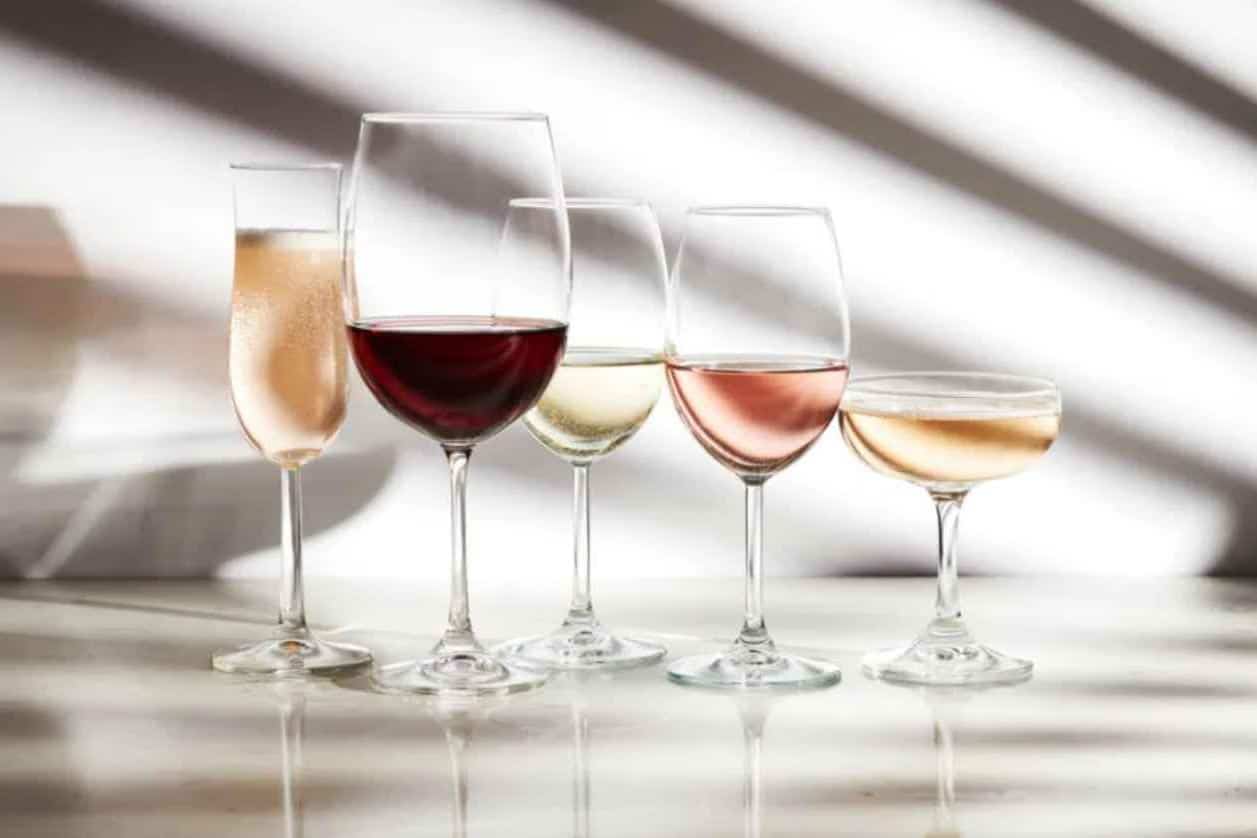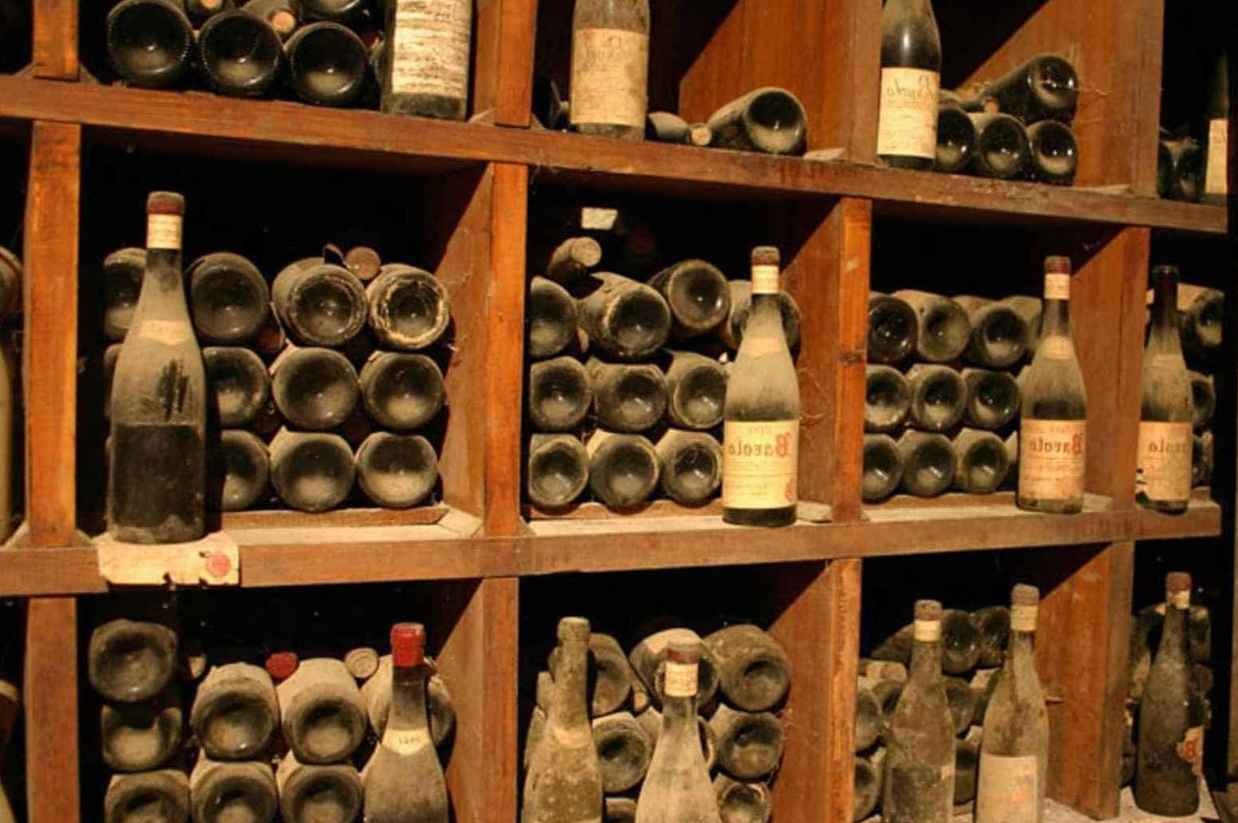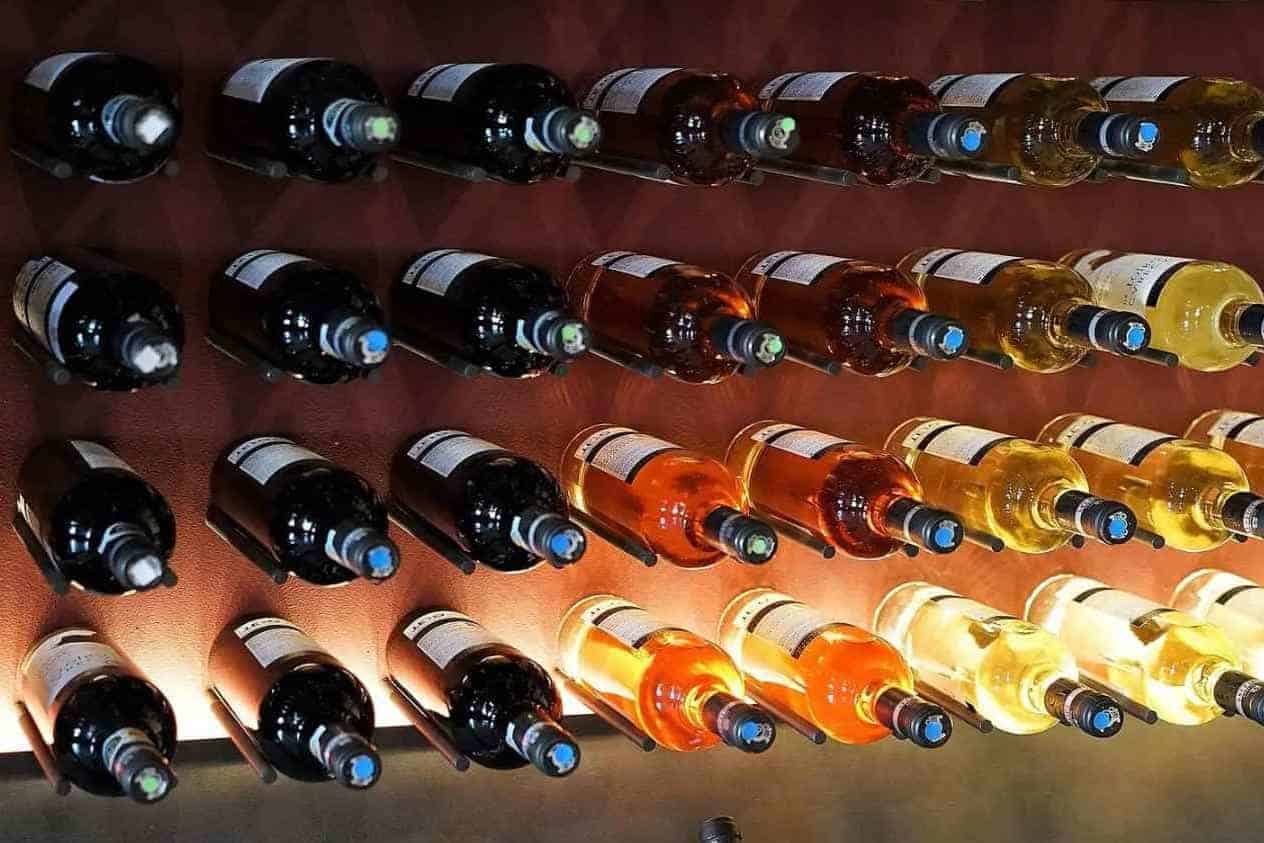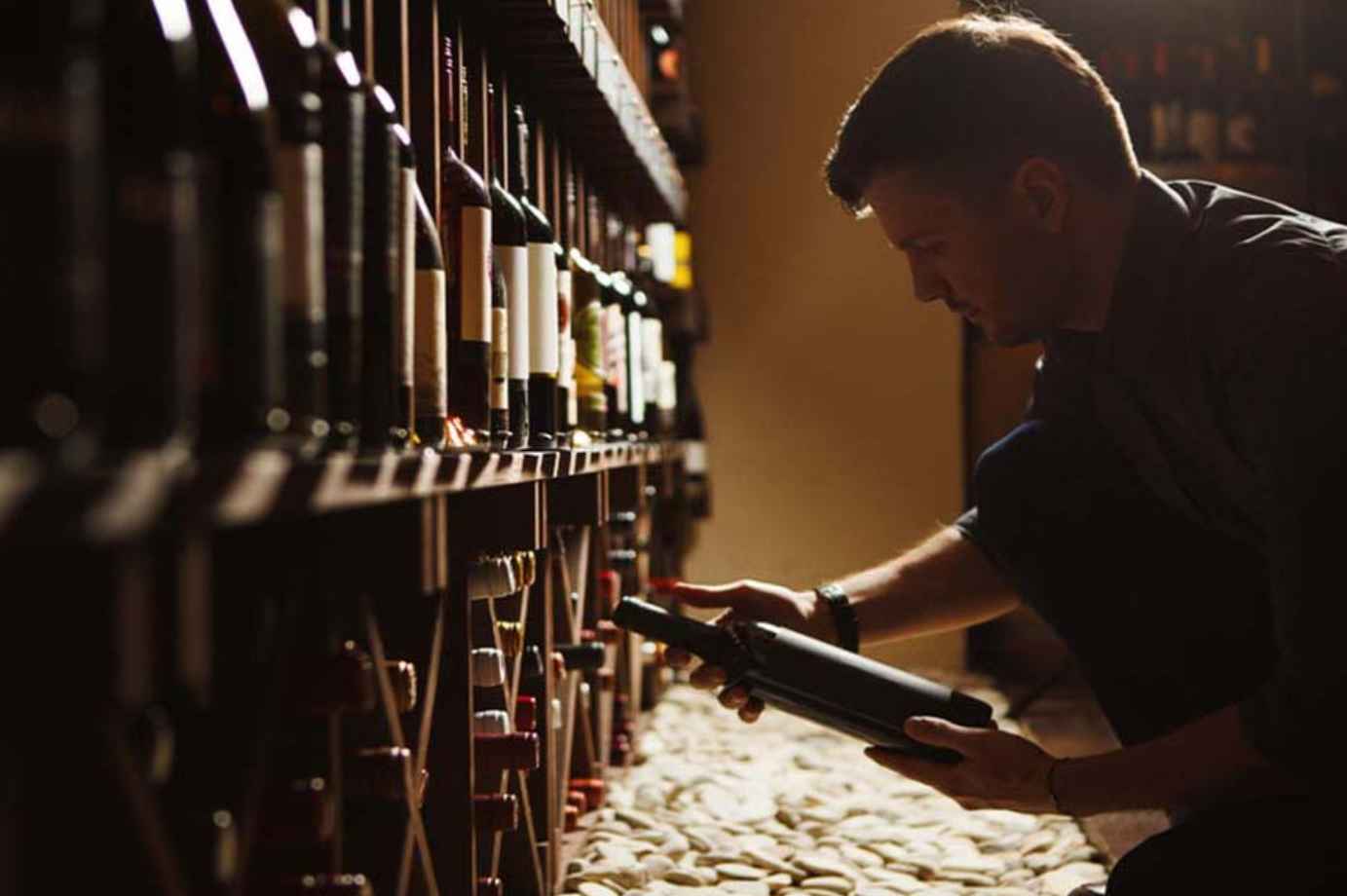If you want to know how to organize wine cellar, you’re in the right place.
Imagine going to the store or winery and buying your favourite wine. You just started building your collection and are excited to add it. But you have no idea of how to organize your cellar. You simply stack bottles on each other in the kitchen (awful!)
If this is you, not to worry! This article will explore the best tips and tricks to organize your wine cellar and sort your wines like a professional.
How Do You Sort Your Wines Appropriately?
Wine Region
Wines produced in the same region usually share similar characteristics.
Every enthusiast knows that wines from certain regions taste alike. If you’ve gathered wines extensively from various parts of the world, organizing by region is a fantastic way to arrange your cellar.
Note: You can use this method to arrange wines from different parts of a country. You mustn’t necessarily buy wines from around the world to do this.
Wine Type
All wines are different, so you shouldn’t treat them equally. A popular way to organize wines in cellars is via wine type. If you have red, rose, sparkling, or white wines in your collection, you can stack them accordingly.
This doesn’t mean you should buy other wine types simply to fill space. It’s important to focus on curating a collection that reflects your personal taste and interest in different wines, rather than just filling up the cellar.
Vintage
This method is generally for sophisticated cellars.
For newbies who don’t know what vintage wines are, they’re simply wines obtained from grapes grown in a single year. For instance, if you harvest the grapes in 2020, the vintage year would be 2020.
This sorting method is suitable because it helps you know each wine’s perfect drinking window. I recommend making lesser-quality vintage wines more accessible since you may enjoy them sooner. Then, leave the older ones behind to age well.
Color
A simple yet effective way to track your wines is through color. I highly recommend this sorting method if you’re just starting in the wine industry. Adding more bottles without disorganizing your cellar is easy with this method.
If you don’t want to make it your main sorting method, you can make it a sub-type.
Price
An excellent way to organize your wine is via its price, especially if you have both expensive and affordable wines.
Affordable wines could be readily accessible since you can drink them at any time. The expensive ones should be reserved for special occasions or left to age.
Tips to Organize Your Wine Cellar and Maximize Space
What Location Should You Go For?
First, know your wine collection size. This will help you know how big or small your cellar will be.
If you only have a few bottles of wine, a rack can work. But if you have quite the collection, consider creating a cellar. Or you didn’t think you would stack all those bottles in your kitchen cabinets, did you?
Note: Whatever location you choose must be hidden from any light.
Utilise Storage Solutions
You have chosen the best cellar space to store your wines. That’s good. Now you must find an appropriate storage solution that uses adequate space within the cellar. Note: Several storage solutions exist, and there is no right or wrong choice.
- Wine racks and shelves: This category often caters to small wine collections, especially if you don’t have a dedicated wine cellar.
- Modular storage systems: This system effectively caters to cellars of all sizes. It’s beneficial because it maximizes whatever space it’s placed in.
- Custom-built wine cellars: If traditional options aren’t enough, you can build a custom wine cellar that accommodates your preferences.
Choose an Appropriate Sorting System.
You’ve chosen a sound storage system. Now’s the time to sort your wine collection. Any sorting system works well, depending on your preferences and cellar size.
Labelling and Inventory Management
Wine inventory helps you to keep track of every wine bottle you own. If you have less than 100 bottles, labeling your wines and keeping them on your rack or shelf can suffice.
However, if it’s more than 100 bottles, you may need to be more intentional with inventory keeping. Wine inventory apps or Google spreadsheet software can do the trick.
Here’s an excellent video on wine inventory management:
Consistent Maintenance
Maintain the temperature at all times.
Mold can often build up in cellars because they are often warm and humid. Keep an eye out for them and wipe them off constantly. Note: While mold doesn’t directly destroy the wine in the bottle, it’s crucial to clean them in the cellar to prevent future problems and maintain a healthy storage environment.
Should you rotate cellared wines? It depends. But I recommend that they’re never rotated or moved.
Best Wine Storage Conditions
Temperature
Have you ever wondered why people always use their basements as cellars? You will never see a professional winemaker store wines in their kitchen. Why does this happen?
The wine cellar’s temperature needs to be cool and stable (preferably between 55- 59 F). Basements typically provide this. If you don’t have one, look for a closet or somewhere in the house that fits the bill. Temperature fluctuations could mess up your wines.
Humidity
Store wines in moderately humid places, preferably between 60 – 80%. Yes, humidity can be more challenging to control than other parameters, but you should intentionally maintain it as much as possible.
Low humidity levels can dry the cork and allow oxygen to seep in. This oxidizes the wine and destroys its taste.
Lighting
Have you ever wondered why basements are often recommended for home cellars?
To protect the wines from light. They have no windows or spaces that allow light to penetrate. Even if you don’t have a basement, you must restrict your cellar from as much light as possible. Why is this vital?
Lighting destroys the wine’s organic material. Sunlight is worse because it contains UV rays that destroy it even more. It’s like cooking your wine.
Size
Your cellar size matters if you want to arrange your wines well. Depending on your wine collection, your cellar size should comfortably accommodate every wine you have and some more.
They shouldn’t stand or be stacked against one another or sent to an inappropriate part of the house to create space.
Vibration and Stability
Vibrations are bad for wines. Consistent vibrations over time can interfere with the maturation process and disturb the sediment in the bottle, potentially affecting the wine’s quality and taste. Keep wines away from anything that produces any form of vibrations: heaters, noisy ACs, and refrigerators.
It doesn’t matter if the vibrations are super tiny and feel negligible. Your wines should steer clear.
Mistakes to Avoid When Organizing Your Wine Cellar
Being Indecisive
You must be ruthless when organizing your cellar. Don’t leave wines you hate lying around. For instance, you may have a wine (or some wines) that you naturally don’t like. Someone probably gifted you that wine, and you stored it in the cellar, knowing you wouldn’t drink it.
Such a wine has no business in your cellar. You either give it out or discard it. Identify the kind of wines you like and the ones you take often, and eliminate everything else.
Keeping Ageing Wines Within Arm’s Reach
All wines aren’t equal. Some can be consumed within the first week of production. Others must age adequately to bring out their taste. When arranging your cellar, keep the wines ready for consumption within arm’s reach and push aging wines away.
If you don’t do this, you will miss out on the wine quality you would have enjoyed if you had waited a bit longer. Are you confused about what wines to age? Here’s how to spot age-worthy wines.
Storing Wines Upright
You’d be shocked at the number of people who make the fatal mistake of storing wines upright. When storing your wine in the cellar, lay them down to prevent oxidation and premature aging.
Ensure the wine touches the cork to keep it moist. This stops it from crumbling or drying up and allows oxygen to enter.
No Tags
Tags are wine IDs. They make identifying each bottle and getting full information about them easy.
As mentioned, wines are laid down to prevent oxidation and shouldn’t move all the time. But the question now is: How can you identify wines without touching or turning them over?
That’s where tags come in. They allow you to identify bottles without touching or shaking them to oblivion. The tag should typically include the name, price, region, vintage, purchase time and location, and wine type.
Not Using Enough Space
Newbie wine enthusiasts are fond of this mistake. What are you reserving space for? You should be open to expanding your cellar when you buy more wines, not clustering them to make room.
As mentioned, no storage solution is better than the other. Regardless of the system you use, it should use every part of the room in an orderly manner.
Conclusion
I hope this guide proved helpful if you’ve always wanted to know how to organize wine cellar.
Note that this is only a guide. I simply recommended tips and tricks that worked well for enthusiasts over the years. There are no guidelines for organizing wine cellars that are set in stone. Find out what works for you and arrange your cellar as you deem fit.
